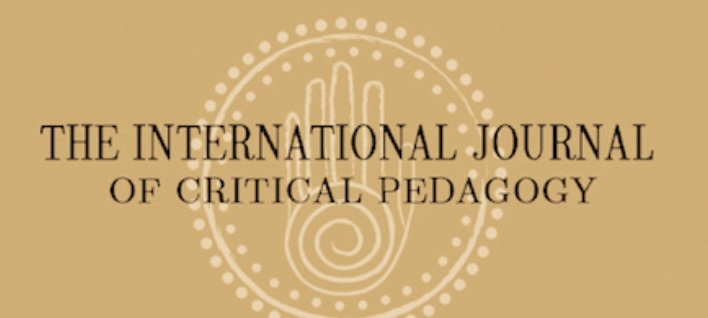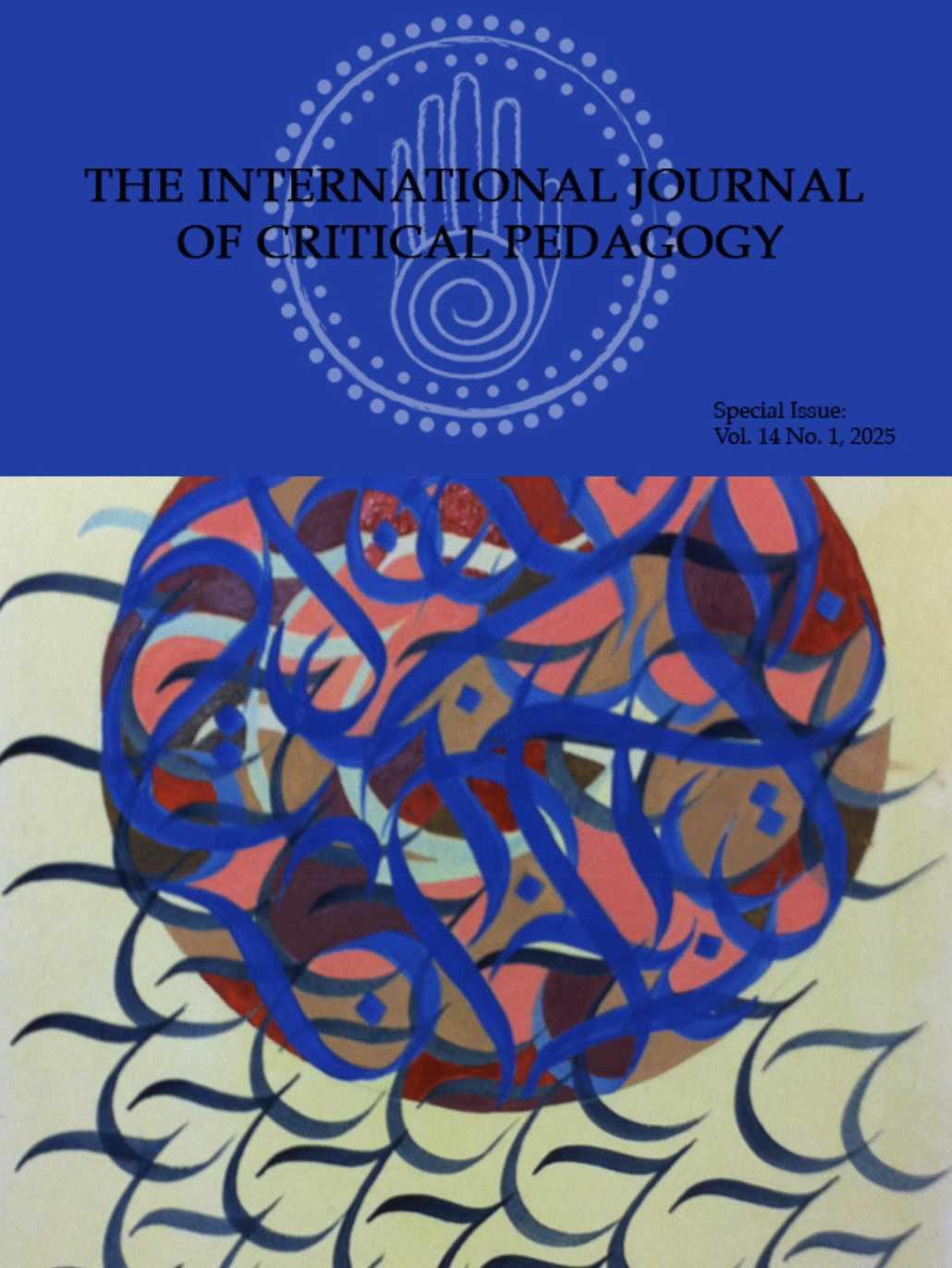Abstract
In this article, I employ a critical reading of a social practice and tradition unique to American culture and schools: A large university’s annual Homecoming Day Parade. Using my participant observations of the parade at Michigan State University, I employ critical cultural perspectives as well as critical curriculum perspectives as lenses through which to deconstruct the myths of school spirit and unity to explore the following questions: What are the tacit and hegemonic ideals embedded in this cultural expression? What is the hidden curriculum embedded in such cultural practices? Who is actually “included” in and by an event purporting to unite a community around a common purpose? Likewise, which constituents are ultimately “excluded” in this celebration? What does a critical reading of a university’s homecoming day parade reveal about absence, inclusion, exclusion, gender objectification, and social-class inequities? What does a critical reading about this type of event reveal about anti/intellectualism? In this article, I challenge common assumptions which purport that homecoming day parades are innocuous displays of, and opportunities for, school spirit and collective belonging. Instead, my analyses support extant critical perspectives which maintain that such cultural events and social practices are laden with power, meaning, and the reification of both. In this, I discuss how there are tacit messages embedded in practices which ultimately serve to muffle diversity, promote conformity, and perpetuate antiquated gender roles and social class dominance.
Keywords: culture, hidden curriculum, critical theory
How to Cite:
berchini, c., (2014) “Go White, Indeed: Deconstructing the Explicit and Hidden Curricula of a University’s Homecoming Day Parade”, International Journal of Critical Pedagogy 5(2).
Downloads:
Download PDF
View PDF

